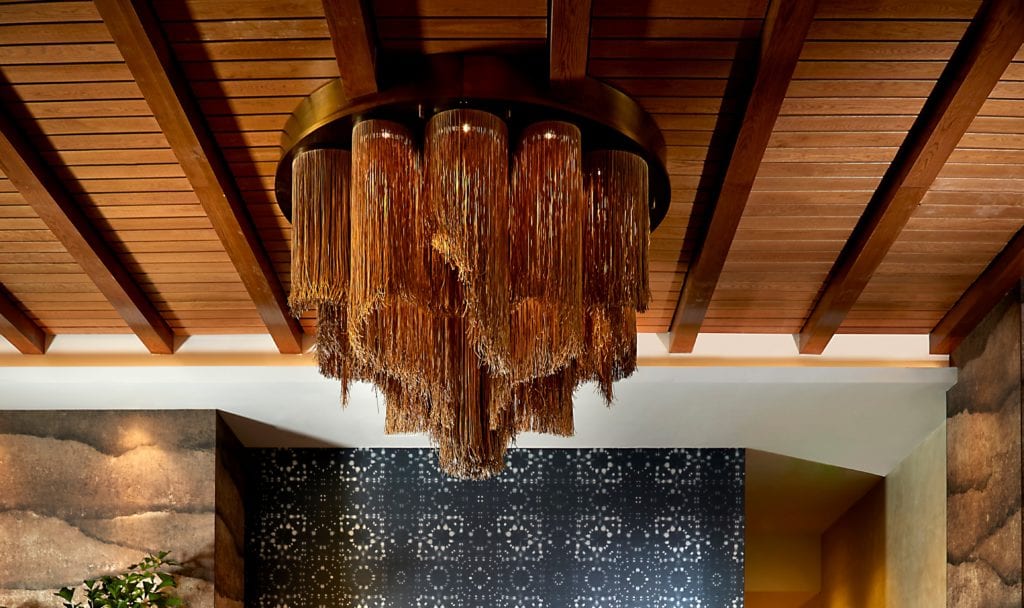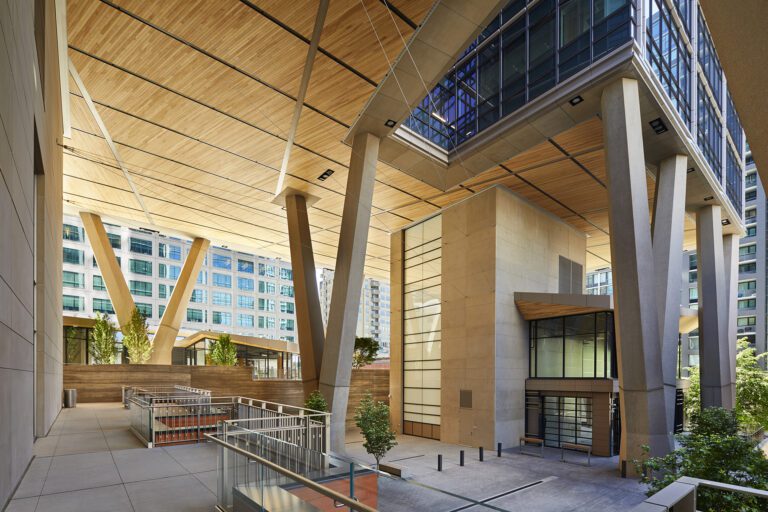Choosing hardwoods versus softwoods for your next design can seem like a daunting task, from hardwoods to softwoods, to species and color, the options are endless. At Rulon International, we’re more than just a manufacturer, we’re your trusted experts in the field too. That’s why we work with only the best materials, so you can have the confidence that between our knowledgeable staff and premier products, you’ll get the best return.
Hardwoods versus Softwoods
Hardwoods and softwoods seem relatively self explanatory, one is stronger and the other is softer, easier to manipulate. While that might be true in some cases, the designation “hardwood” and “softwood” have little do with the strength and density of the lumber they produce. Rather their name and classification comes from their reproduction, or seed type.
Hardwoods come from angiosperms, from the Greek words angeion and sperma – loosely translating to “cased seed.” In contrast, softwoods come from gymnosperms, meaning “naked seeds.” Simply put, hardwood comes from encased or wrapped seeds, while softwood will reproduce by dropping cones or needles on the forest floor. Due to the weather patterns and climate, hardwoods are typically found on the east coast, as opposed to softwoods on the west coast.
Both of these categories have vastly different uses as well. Softwoods, such as pine, cedar, or firs are largely used as conventional lumber. Their compositions tend to use less water and distribute resources more efficiently, meaning they grow much faster and have a higher renewability rate, unlike their counterpart. Oak, cherry, maple, and other hardwoods all have different cellular structures, making them more dense, and creating more detailed grain patterns. These differing patterns make them choice woods for millwork, casework, and interior finish products, such as veneers, cabinets, decorative panels, etc.
The ‘grain’ in wood is made up of an arrangement of fibers, its pattern determined by the selected ‘cut’ the sawmill selects when processing raw timber to lumber.
The most common cuts include:
- Plain Sawn – Logs are processed by cutting in 90° rotations. Cuts produce distinct grain structures often resulting in ‘cathedraling’, a triangular-shaped pattern. High yield, low-cost, minimal waste.
- Quarter Sawn – Logs are processed by quartering followed by perpendicular cuts. Cuts produce a vertical, straight-grain striped appearance. Lower-yield, higher cost, moderate waste.
- Rift Sawn – Logs are processed by quartering followed by cutting perpendicular to the growth rings. Cuts produce a vertical, straight-grain striped appearance. Lowest-yield, highest-cost, high waste.
Specifying the species and the cut of the wood can be paramount when making selections for high-profile projects.
Spaces where grain can affect aesthetic:
- Court Rooms
- Churches
- Colleges and Universities
- Hospitals
- Airports
- Libraries
- Museums
- Performing Arts Centers
- And more
As leading experts in the field, Rulon International is proud to offer a variety of woods and cuts to help you achieve your vision.
To find out more about cuts and grains, schedule a design call with our team today.




